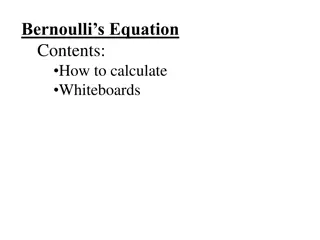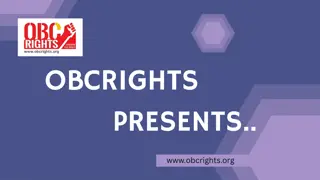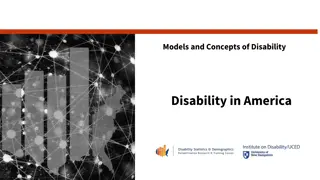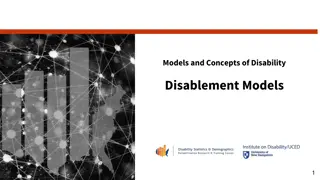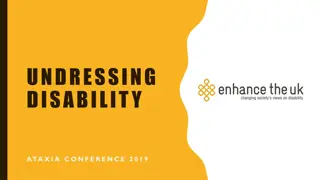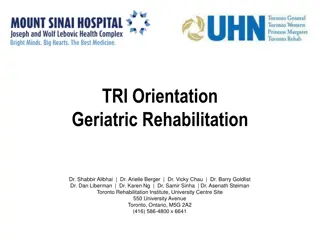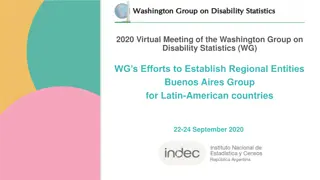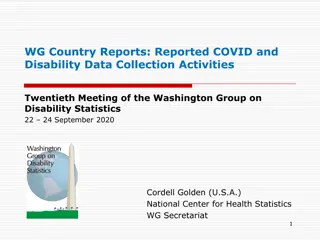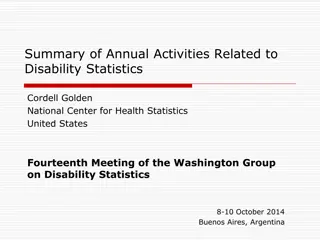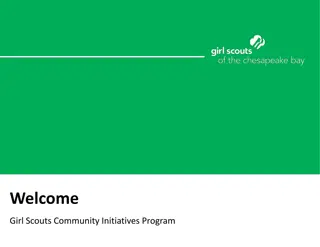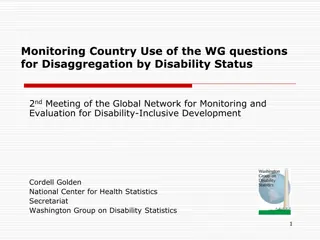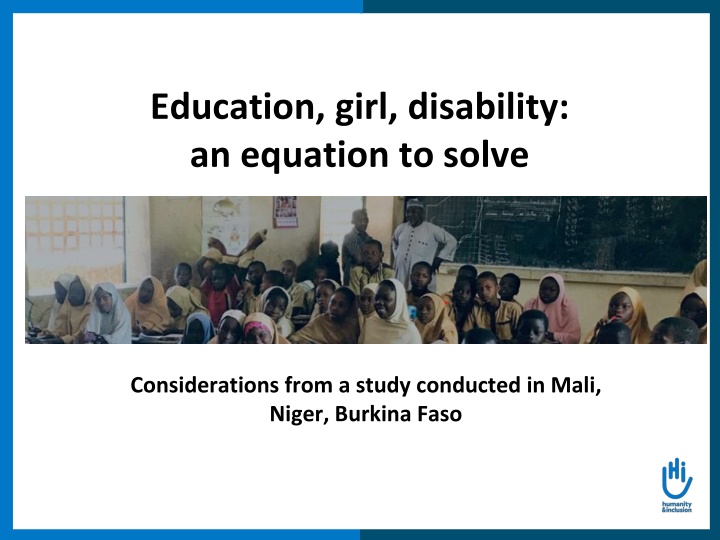
Education Challenges Faced by Girls with Disabilities in Mali, Niger, Burkina Faso
Explore the impact of gender, disability, and age on the educational experiences of girls with disabilities in Mali, Niger, and Burkina Faso. Discover key findings such as societal beliefs, enrollment disparities, socio-cultural factors, and gender-based violence affecting girls' access to education. Recommendations are provided for governments, donors, and civil society organizations to enhance support for inclusive education initiatives in the Sahel region.
Download Presentation

Please find below an Image/Link to download the presentation.
The content on the website is provided AS IS for your information and personal use only. It may not be sold, licensed, or shared on other websites without obtaining consent from the author. If you encounter any issues during the download, it is possible that the publisher has removed the file from their server.
You are allowed to download the files provided on this website for personal or commercial use, subject to the condition that they are used lawfully. All files are the property of their respective owners.
The content on the website is provided AS IS for your information and personal use only. It may not be sold, licensed, or shared on other websites without obtaining consent from the author.
E N D
Presentation Transcript
Education, girl, disability: an equation to solve Considerations from a study conducted in Mali, Niger, Burkina Faso
The study "Being a girl with disabilities" Research by HI, with the support of AFD and Norad, in Burkina Faso, Mali, and Niger. Objective: to learn how gender, disability, and age shape the experiences of girls with disabilities in terms of school access, retention, and educational achievement. Qualitative and participatory approach The results of this study serve two purposes: o to guide the intervention of HI and its partners; o to raise awareness and provide recommendations towards gender-sensitive inclusive education.
Key findings (I) Influence of popular and religious beliefs: disability as a punishment to the family. Aggravated for severe disabilities and for girls. Lower enrollment rates of girls with disabilities: families and communities favor the enrollment of boys instead of girls. Education of girls with disabilities is seen as an economic loss. Specific discriminations linked to age: late enrollment of girls. Aggravated school dropout rates due to puberty (domestic work, early marriage, protection issues ).
Key findings (II) Impact of socio-cultural and socio-economic factors: a girl with disabilities coming from a family in poverty and/or living in a rural area has less chances to receive education. Specificities liked to the type and degree of disability: children with a physical impairment encounter fewer difficulties for enrollment than those with a moderate or severe intellectual or sensorial impairment. Gender-based violence: girls with disabilities more vulnerable. Programmes, structures and public policies are insufficient to prevent and support girls with disabilities that are victims of rape and of undesired pregnancies.
Recommendations For the governments in the Sahel: put in place adequate budgetary means with a gendered approach, develop disaggregated data collection systems, and collaborate with other interconnected sectors. For donors: adopt an intersectional perspective and a twin-track approach in financing. Increase financing commitments and support civil society organizations. For civil society organizations: create partnerships between gender-equality and disability movements, advocate and hold decision-makers accountable. For all stakeholders: awareness-raising strategies and support to success models.


